You don't need a comma before "as well as" when it introduces words that are essential to the meaning of the entire sentence I like mysteries as well as historical novels The nosmoking policy applies to teachers as well as to students The "as well as" phrase is enclosed with commas if–like a nonrestrictive clause–it can be left out without affecting the meaning of the main clauseFor participial phrases before the main clause, put a comma after the participial phrase For participial phrases in the middle of the sentence, the phrase requires commas both before and after it For participial phrases after the main clause, put a comma before the participial phrase Do I need a comma when I omit a word for stylistic reasons?You may be familiar with how to use commas, but a comma can serve many purposes Here are a few examples of when to use a comma
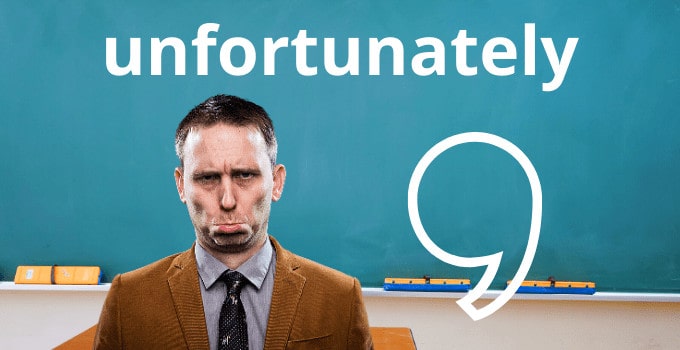
Comma Before Or After Unfortunately The Definitive Guide
As well as comma before and after
As well as comma before and after-A quick answer to the question above isit depends A comma most likely appears after however rather than before it But, when this conjunctive adverb is used as an interrupter in a sentence, called a parenthetical expression, a comma must always come before it1 Both of those sentences are valid, the only rule in this case is that you either include both commas or no commas The reason for this is because placing one comma after the word and splits the sentence into an incomplete main clause This is done by using a database of patients and



Oxford Comma What Is An Oxford Comma
In this sentence, as well as Tommy is an aside–something that could go in parentheses Writing the sentence this way deemphasizes Tommy and puts the focus on Timmy Notice that you need one comma before the phrase and one comma after it Also notice that this sentence needs the verb is, not are, even though you mentioned both Timmy and TommyAnd, and also, and as well as join two sentence elements, such as two nouns, two verbs, two adjectives, two phrases or two clauses (two same word forms) When and connects two sentence elements, no comma is used When three or more elements are joined, a comma is used Anne is an actress She acts and sings (verbs) Anne loves dance and alsoThe comma before a conjunction in a list is known as an an Oxford Comma or a serial comma Even though the Oxford Comma is named after the Oxford University Press (who still use it), most Brits do not use an Oxford Comma
A comma after "after all" is essential when using the phrase as an introductory conjunctive adverb, as well as when it appears as the last word in the first clause of a compound sentence Also, a postcomma is needed when it is used as a connective device after a semicolon, just like what we often do with "thus" and "hence"2 Use commas after introductory a) clauses, b) phrases, or c) words that come before the main clause a Common starter words for introductory clauses that should be followed by a comma include after, although, as, because, if, since, when, while While I was eating, the cat scratched at the doorThe rule goes something like this When "too" is used in the sense of "also," use a comma before and after "too" in the middle of a sentence and a comma before "too" at the end of a sentence I am editing a work of fiction in which the author has rigidly applied the rule I have just as rigidly deleted the commas
Commas should be used before and when joining two independent clauses or when compiling a list Commas can separate adjectives, offset nonessential phrases, and introduce direct quotations Oxford commas are also known as serial or Harvard commas Serial commas are used after the nexttolast item in a list and before the andDo not use a comma when using a phrase like "as well as," in which the clause is essential and restrictive The new policy applies to faculty as well as staff Do not use commas after a man's name if he is a "Jr," "Sr" "II," "III," etc Wrong Dr Martin Luther King, Jr Right Dr Martin Luther King JrBut sometimes very small things, such as commas, can influence meaning in a way that's not intended People sometimes don't know the exact rules about when to use commas Many people are also unsure about the rules for the phrases "such as" and "as well as," which is why their use in professional writing should always be doublechecked



When To Use A Comma With Too Grammar Girl
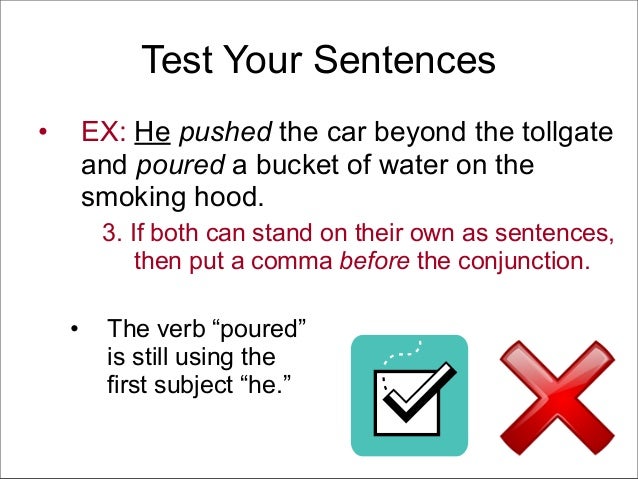


Commas
In other words, when as well as is part of the subject, the verb must agree with the noun before as well as Verbs after as well as come in – ing form When we put a verb after as well as, we use the ing form of the verb (This might sound really strange to a nonnative speaker, but the grammar books agree on this)Before a coordinating conjunction when it separates an independent and dependent clause as an Oxford comma After an initial/introductory adverb that modifies a whole sentence or independent clause After a time phrase that comes before a sentence or independent clause After a subordinate clause—one that starts with a subordinating conjunctionThe rule goes something like this When "too" is used in the sense of "also," use a comma before and after "too" in the middle of a sentence and a comma before "too" at the end of a sentence I am editing a work of fiction in which the author has rigidly applied the rule I have just as rigidly deleted the commas
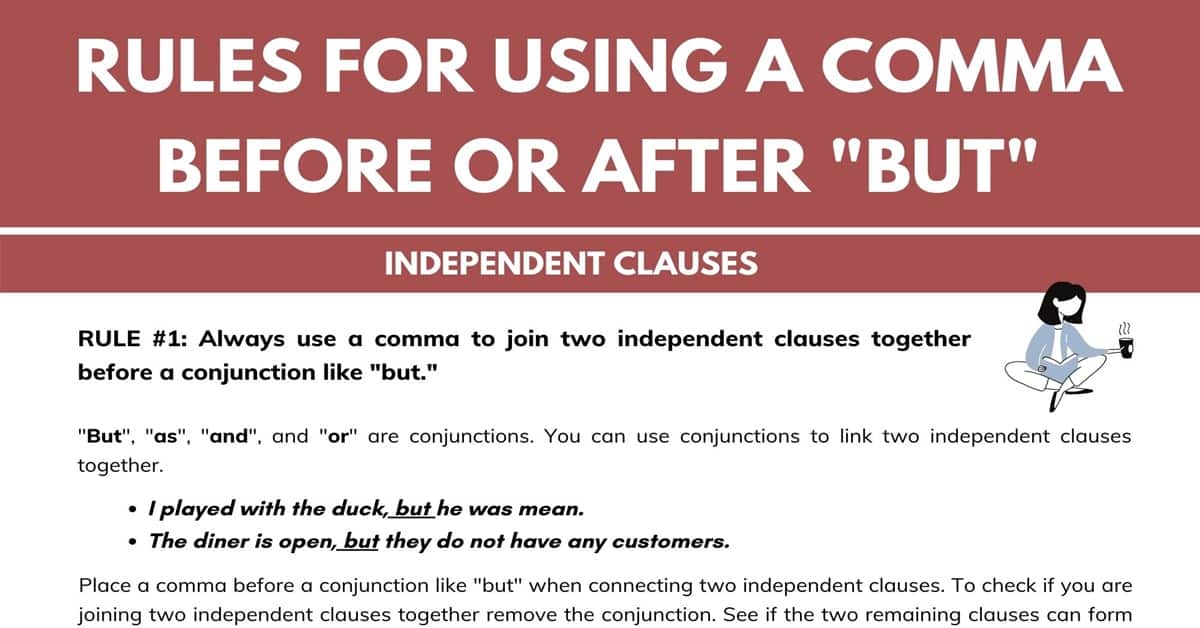


Use A Comma Before Or After But 03 Useful Rules 7esl
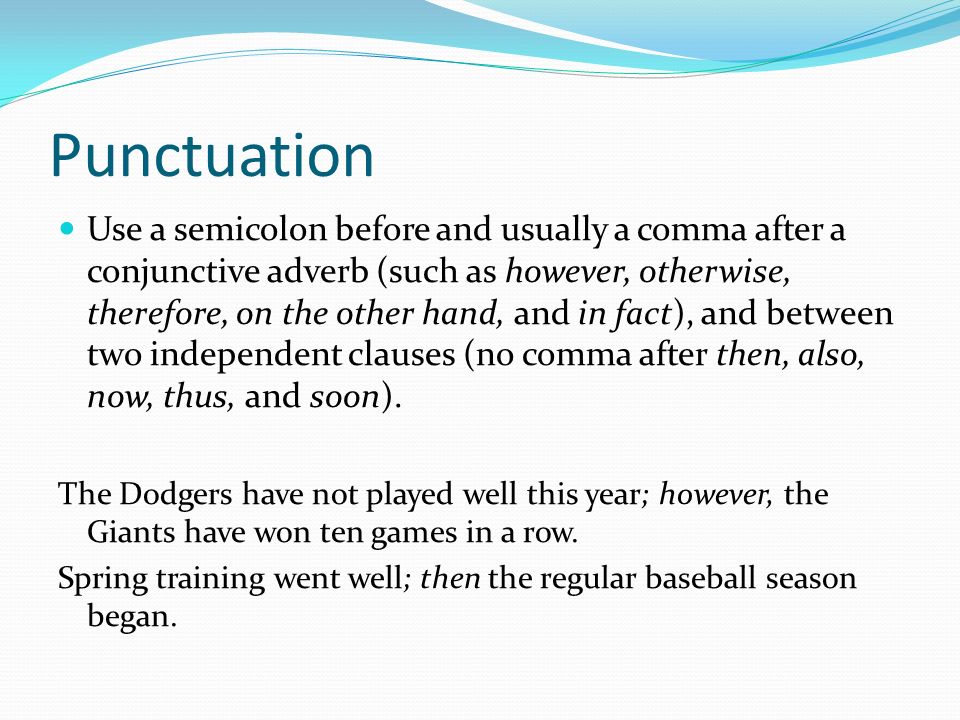


How To S Wiki How To Use A Semicolon With However
Commas should be used before and when joining two independent clauses or when compiling a list Commas can separate adjectives, offset nonessential phrases, and introduce direct quotations Oxford commas are also known as serial or Harvard commas Serial commas are used after the nexttolast item in a list and before the andTake a look at the most common comma uses and their rulesOnly use a comma to separate 'as well as' in a sentence if it is used as a nonrestrictive clause, or one that does not change the sentence's meaning if removed See the examples below 7


Grammar Time Using A Comma Before So Writersdomain Blog



Commas For Parenthesis
A comma after "after all" is essential when using the phrase as an introductory conjunctive adverb, as well as when it appears as the last word in the first clause of a compound sentence Also, a postcomma is needed when it is used as a connective device after a semicolon, just like what we often do with "thus" and "hence"Expressions such as coupled with, as well as, along with, together with, not to mention, and others do not act as coordinating conjunctions Therefore, when you use these expressions to join one singular subject of a sentence with another noun or pronoun , you do not form a plural subjectWhen "as well as" is used as a conjunction (ie in place of "and"), there is no need to use commas before or after the phrase Moreover, it should always be used with a singular verb Therefore, in your example, the correct way of writing is "John as well as Raju is involved in this project"
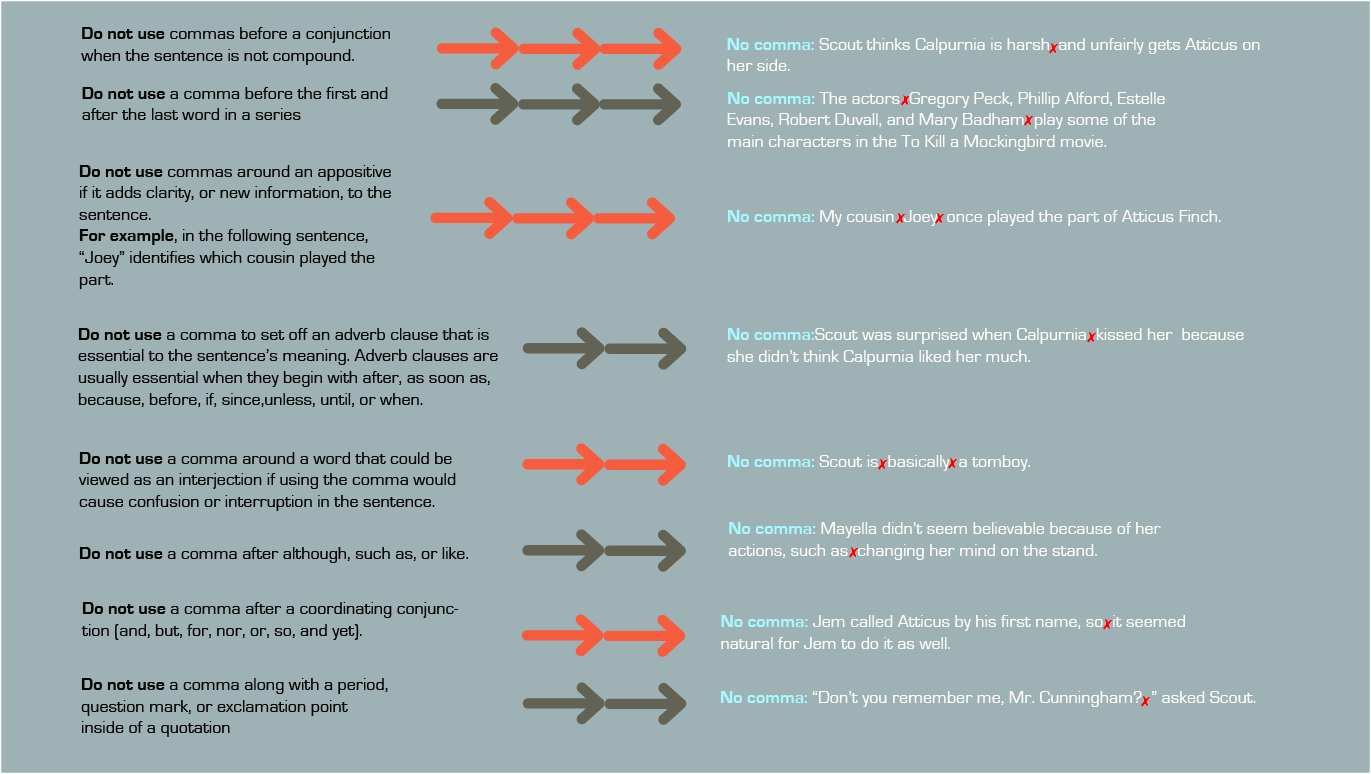


P2 Avoiding Unnecessary Commas Mytext Cnm
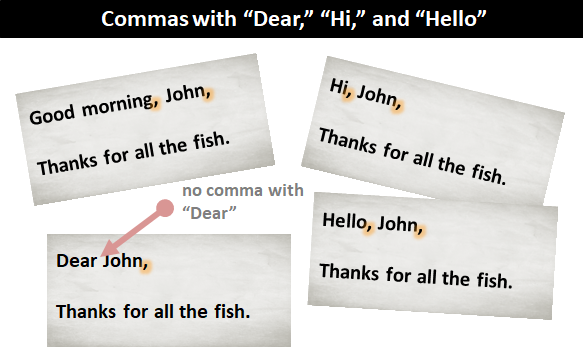


Do You Use A Comma With Dear Hello And Hi
You'll notice here that by adding a comma after the which, you end up with commas before and after it This can lead to a choppy sentence This can lead to a choppy sentence In this case, rephrasing may be the better optionBoth of those sentences are valid, the only rule in this case is that you either include both commas or no commas The reason for this is because placing one comma after the word and splits the sentence into an incomplete main clause This is done by using a database of patients and as a result the factors which have any significance are obtainedThe comma before as well In contrast, if you do a similar search on COCA for as well, almost none of the hits come with a preceding comma for academic sources, 5991 (95%) are without a comma, and 3 (5%) are with The one exception in the preceding list is Arts and crafts projects can easily coordinate with the theme of the projects, as well
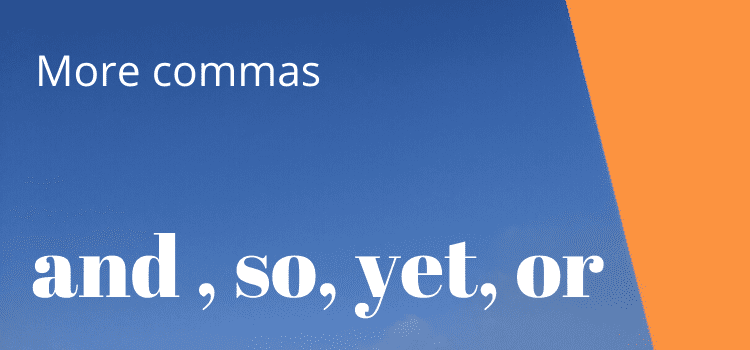


When To Use A Comma Before Or After But In Writing
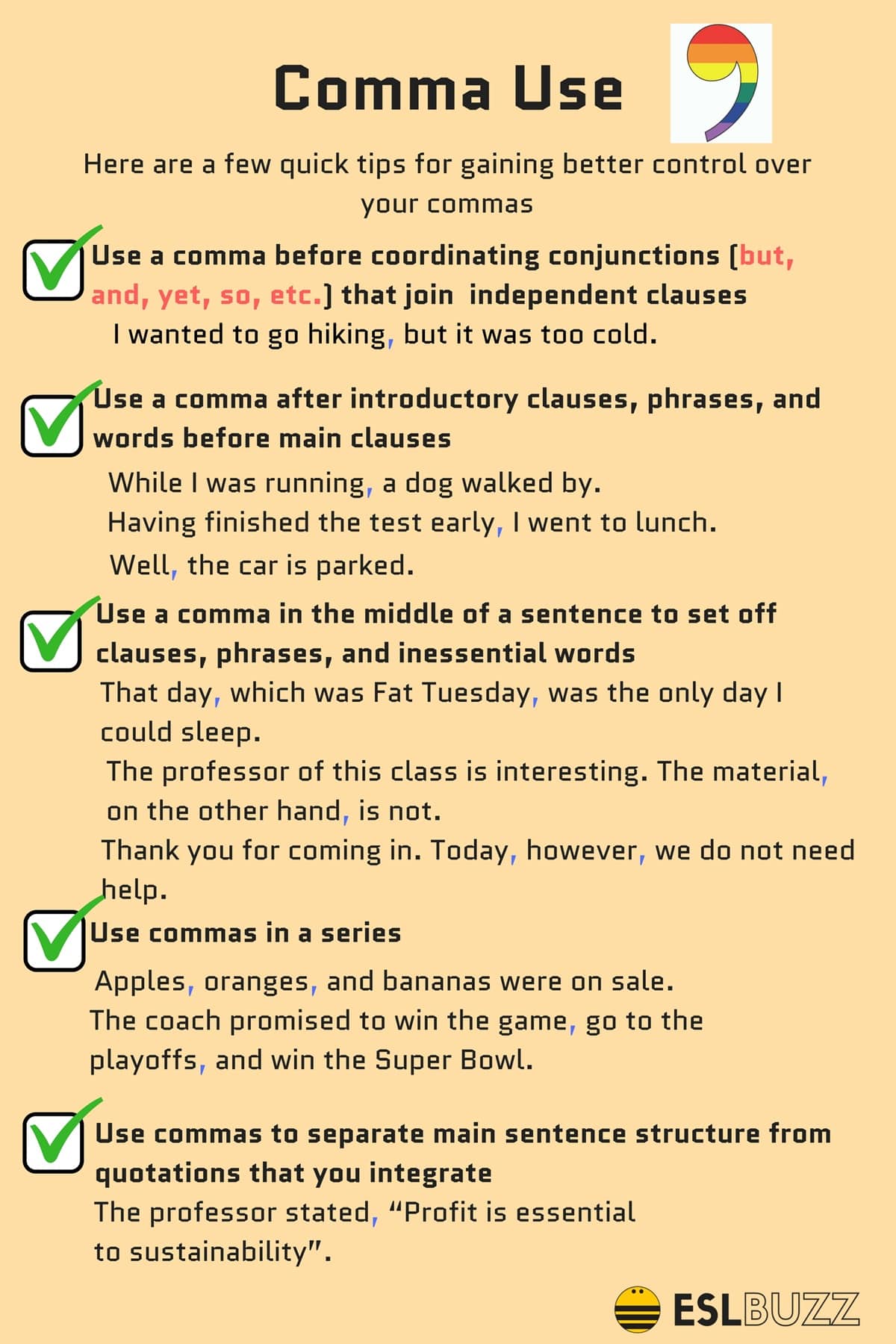


Comma Rules 8 Rules For Using Commas Correctly Eslbuzz Learning English
Commas are needed before coordinating conjunctions, after dependent clauses (when they precede independent clauses), and to set off appositives The Oxford comma reduces ambiguity in lists VisitCommas before as can be more tricky Like because, as can be used as a conjunction or as an adverb (Notice how I used it as an adverb in the preceding sentence) Again, when it is used as an adverb, you don't use a comma Notice the difference in the following two sentences I drove the car home as it was snowingIn other words, when as well as is part of the subject, the verb must agree with the noun before as well as Verbs after as well as come in – ing form When we put a verb after as well as, we use the ing form of the verb (This might sound really strange to a nonnative speaker, but the grammar books agree on this)
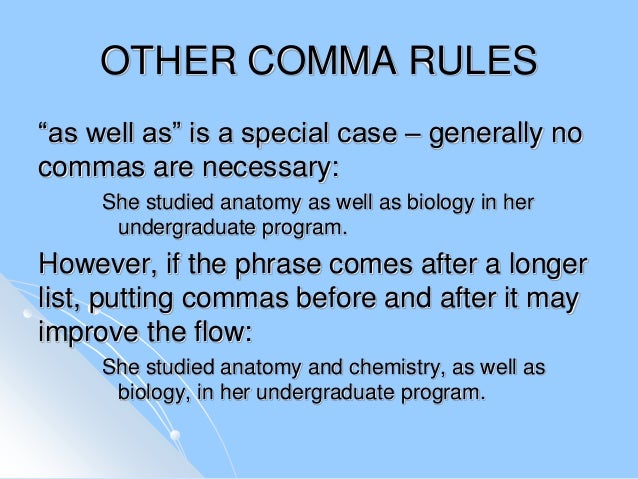


Masursky Writing Lecture Part 1 Building Blocks
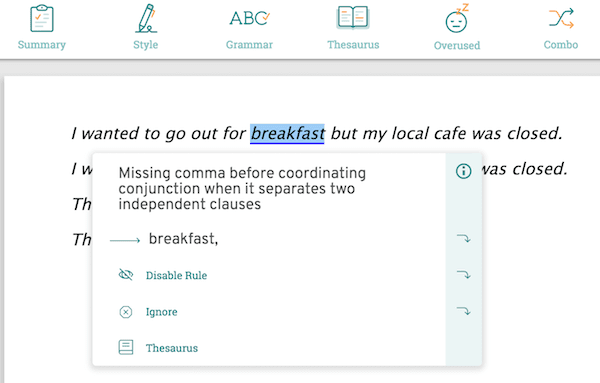


When To Use A Comma Before Or After But In Writing
Comma before "as well" I am peer reviewing someone's paper in my class and was wondering if this sentence needs a comma before they say "as well" at the end The sentence is, "This cartoon was proven successfully because one can almost taste the dirty air when viewing it, yet in a sad way we can still find humor in it as well"And, if you are using a conjunction at the beginning of a sentence (like we just did), you should only put a comma after it if it is going to be the first in a series of commas That means that if the only comma your sentence is going to have is the one you put in after the initial conjunction, you should remove itThere is a time when a comma may make a difference in the meaning I like Carol as well as Jane (as well as I like Jane) I like Carol, as well as Jane (and also Jane) Maybe a comma would help clarify the double meaning of this sentence I am simply not sure the comma translates into the difference Happy punctuating!



3 Ways To Use However Wikihow



Should You Use A Comma Before Such As Wordagents
Use a comma when a sentence begins with an introductory phrase such as well, yes, therefore, for example, or on the other hand Yes, you can eat some ice cream Use a comma before and after a word as an interrupter, such as howeverThe comma before as well In contrast, if you do a similar search on COCA for as well, almost none of the hits come with a preceding comma for academic sources, 5991 (95%) are without a comma, and 3 (5%) are with The one exception in the preceding list is Arts and crafts projects can easily coordinate with the theme of the projects, as wellCommas don't just signify pauses in a sentence — precise rules govern when to use this punctuation mark Commas are needed before coordinating conjunctions, after dependent clauses (when they
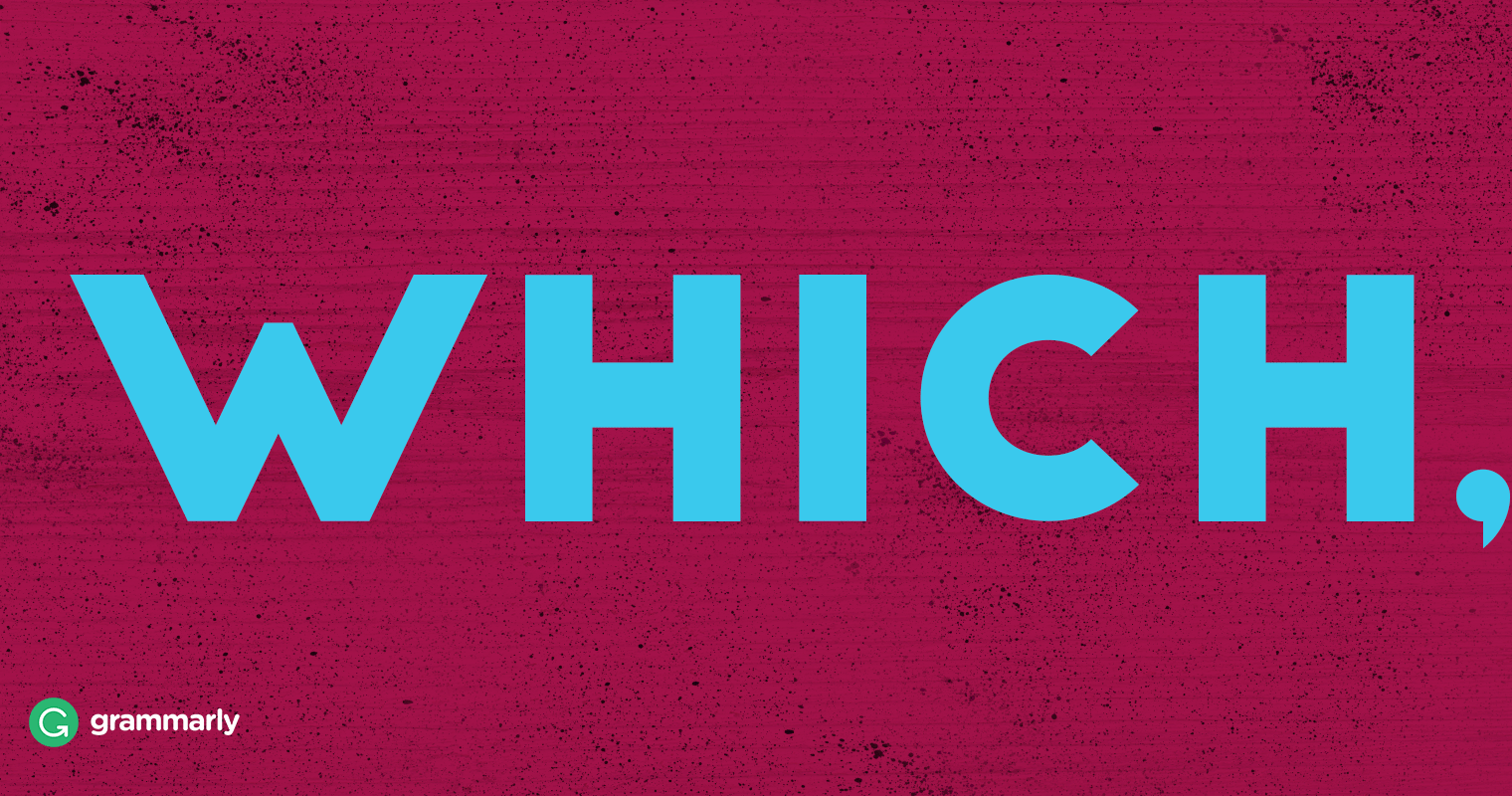


Comma Before Which Grammarly


The Most Important Rules For Using Commas Without Looking Dumb
The comma before as well In contrast, if you do a similar search on COCA for as well, almost none of the hits come with a preceding comma for academic sources, 5991 (95%) are without a comma, and 3 (5%) are with The one exception in the preceding list is Arts and crafts projects can easily coordinate with the theme of the projects, as wellYou appear to be referring to one sentence, not two, where the single sentence contains two independent clauses joined by however, not HoweverOur Rule 2 of Semicolons says, "Use a semicolon before such words and terms as namely, however, therefore, that is, ie, for example, eg, for instance, etc, when they introduce a complete sentence It is also preferable to use a comma after theseThe verb want must agree with the noun preceding as well as in this case John, as well as Mary, wants to drop the course correct In other words, when as well as is part of the subject, the verb must agree with the noun before as well as Verbs after as well as come in –ing form When we put a verb after as well as, we use the ing form of the verb (This might sound really strange to a nonnative speaker, but the grammar books agree on this)



Comma Or Colon Before A Quotation
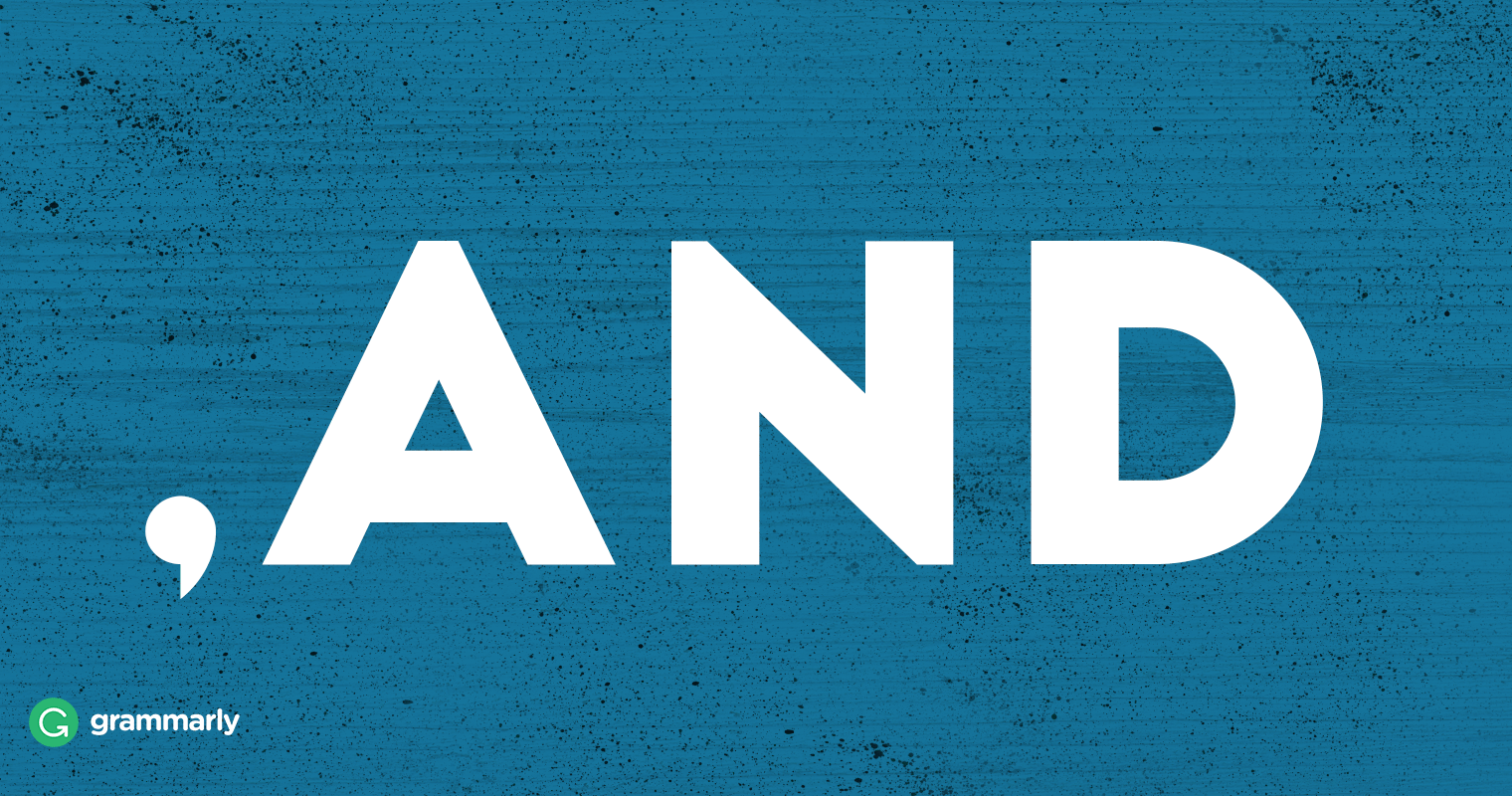


When To Use Comma Before And Grammarly
The rule goes something like this When "too" is used in the sense of "also," use a comma before and after "too" in the middle of a sentence and a comma before "too" at the end of a sentence I am editing a work of fiction in which the author has rigidly applied the rule I have just as rigidly deleted the commasPatrizio Franchin, London, UK If, for example, the word 'and' precedes a clause beginning 'although', you usually put a comma after it and, if it precedes a conditional clause, you normally insertThe comma after the name also tells us that the information after the name is essential to identify the person As we see, the main places where commas are necessary before/after names are ü Where the sentence is focussing on a particular person ü While introducing a person ü Where the clause before/after the name is not essential Few more examples –
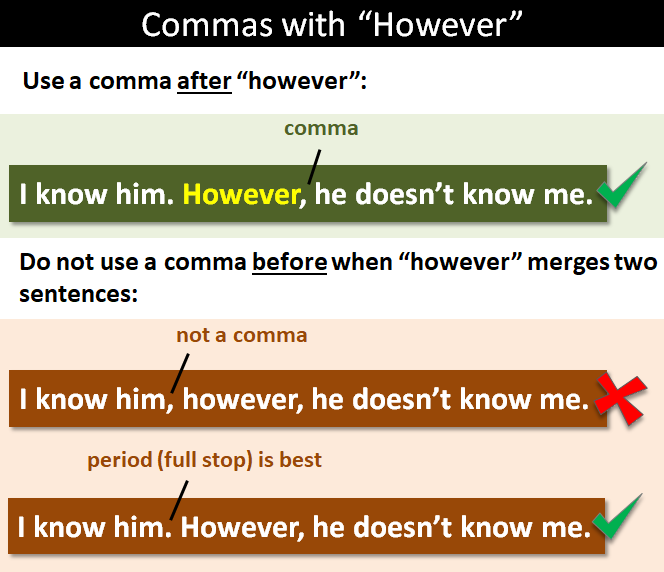


Commas With However And Other Transitional Phrases
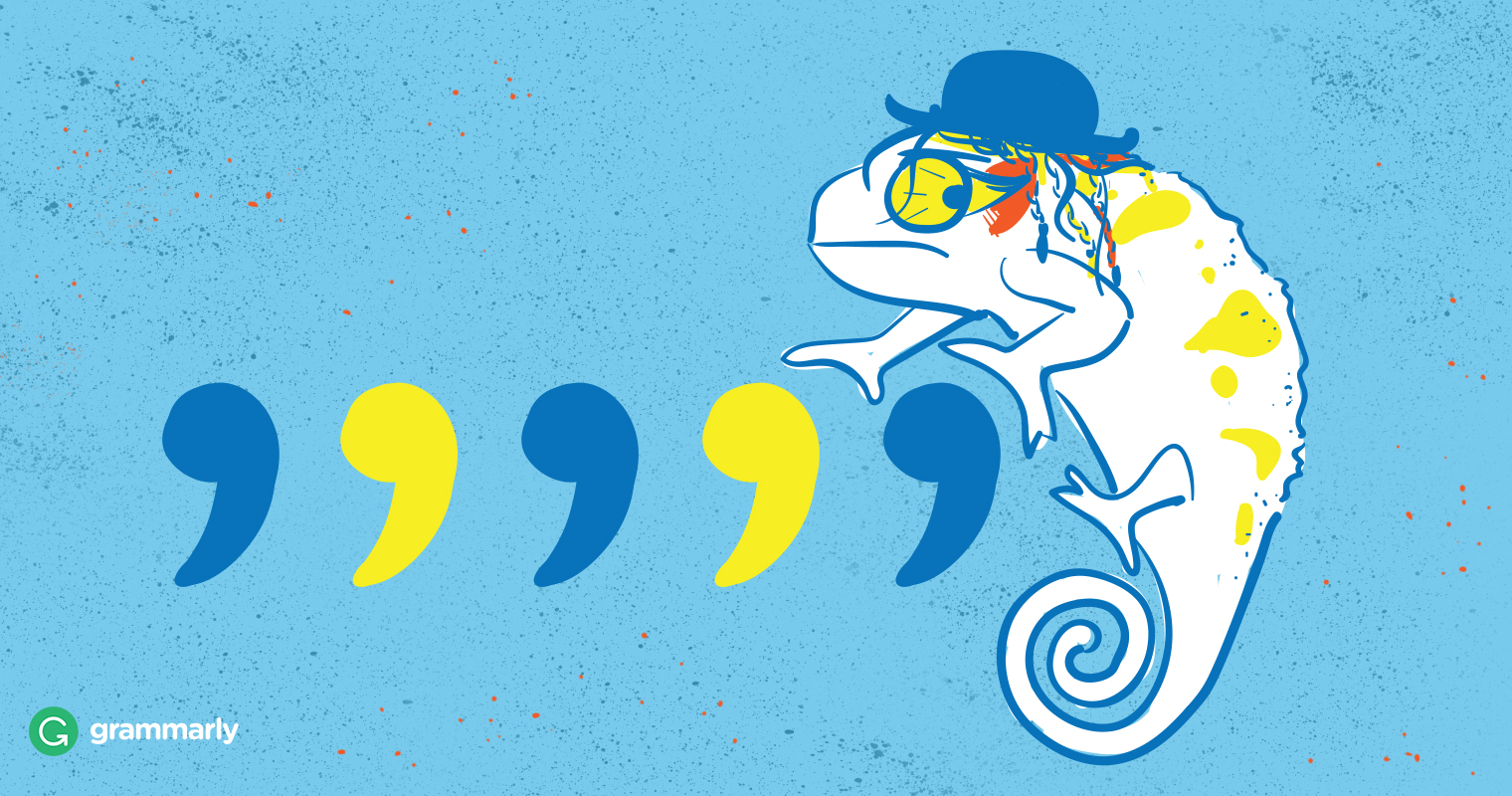


Comma Rules A Quick Guide Grammarly
The words too and also generally do not need commas with the exception of also at the beginning of the sentence Historically too and also had commas before them at the end of the sentence Since the words are just plain adverbs, there was never really a need to use those commas They have been dropped — many years ago, in factThe basic idea is that if the name (in the above example, "Jessie") is the only thing in the world described by the identifier ("my oldest friend"), use a comma before the name (and after it asThere is a time when a comma may make a difference in the meaning I like Carol as well as Jane (as well as I like Jane) I like Carol, as well as Jane (and also Jane) Maybe a comma would help clarify the double meaning of this sentence I am simply not sure the comma translates into the difference Happy punctuating!



Question Use A Comma Before Or After But Wordagents
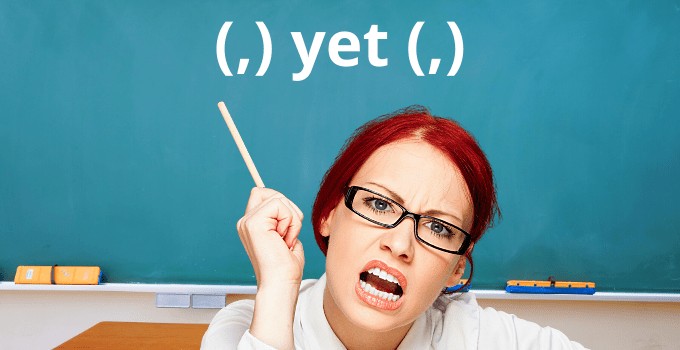


Comma Before Or After Yet Rules Examples
Well is an introductory word that a comma should separate from the rest of the sentence In sentence A, there is no comma after well In sentence B, the first comma is correct, but the second well shouldn't be separated from the rest of the sentence because it's not an introductory word About the Book AuthorWhether you should use a comma before or after but depends on the sentence construction Recognizing the structure of a sentence will help you identify when you should use it A few tips will make this task easy But remember, there is always that pesky exception the ruleCommas should sometimes be placed before – and after – names and titles It all depends on the context Let's start with the fact that unless a name or title is the last word (s) in a sentence, it can either be used with no commas at all, OR with a comma both before and after
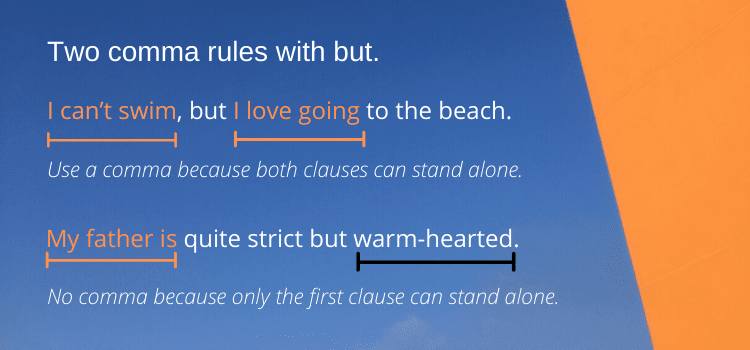


When To Use A Comma Before Or After But In Writing



Ask Ediqo Should I Use Punctuation In Equations Research Matters Ediqo Blog
Whenever you find yourself using a comma before an Identification, Characterization or Explanation, remember that there has to be a comma after the ICE as well Splice Girls, and Boys "CommaBoth are correct, as commas must be used after every clause, except the one that comes before 'and' That comma is optional There are some rare exceptions though, where the 'Oxford comma' must be used This is when if you don't use the comma, the meaning of the sentence changesYou can put a comma before and, but not after and unless you wrote the sentence like my first sentence where you need to put a comma before but
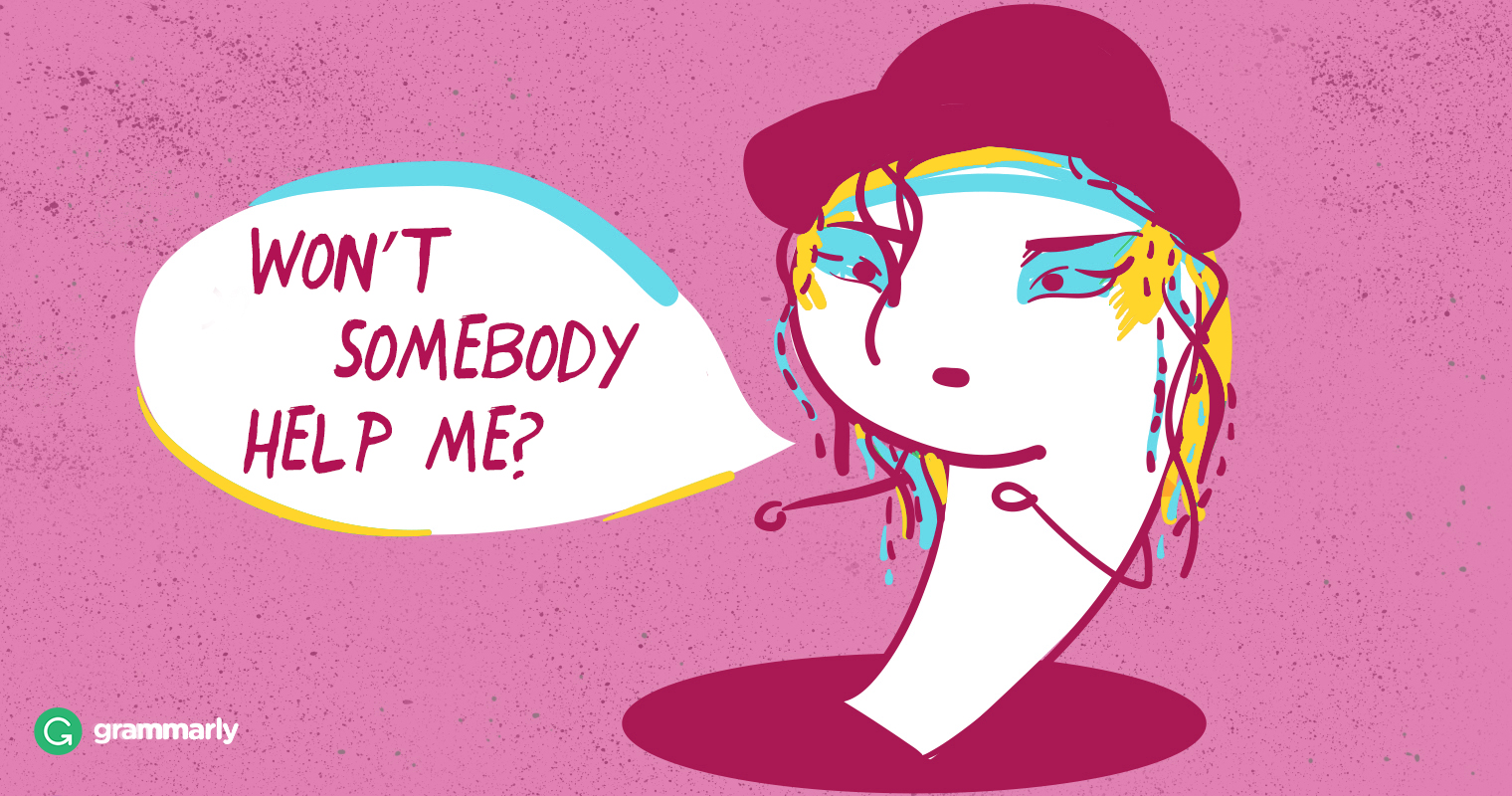


As Well As Comma Grammarly Blog
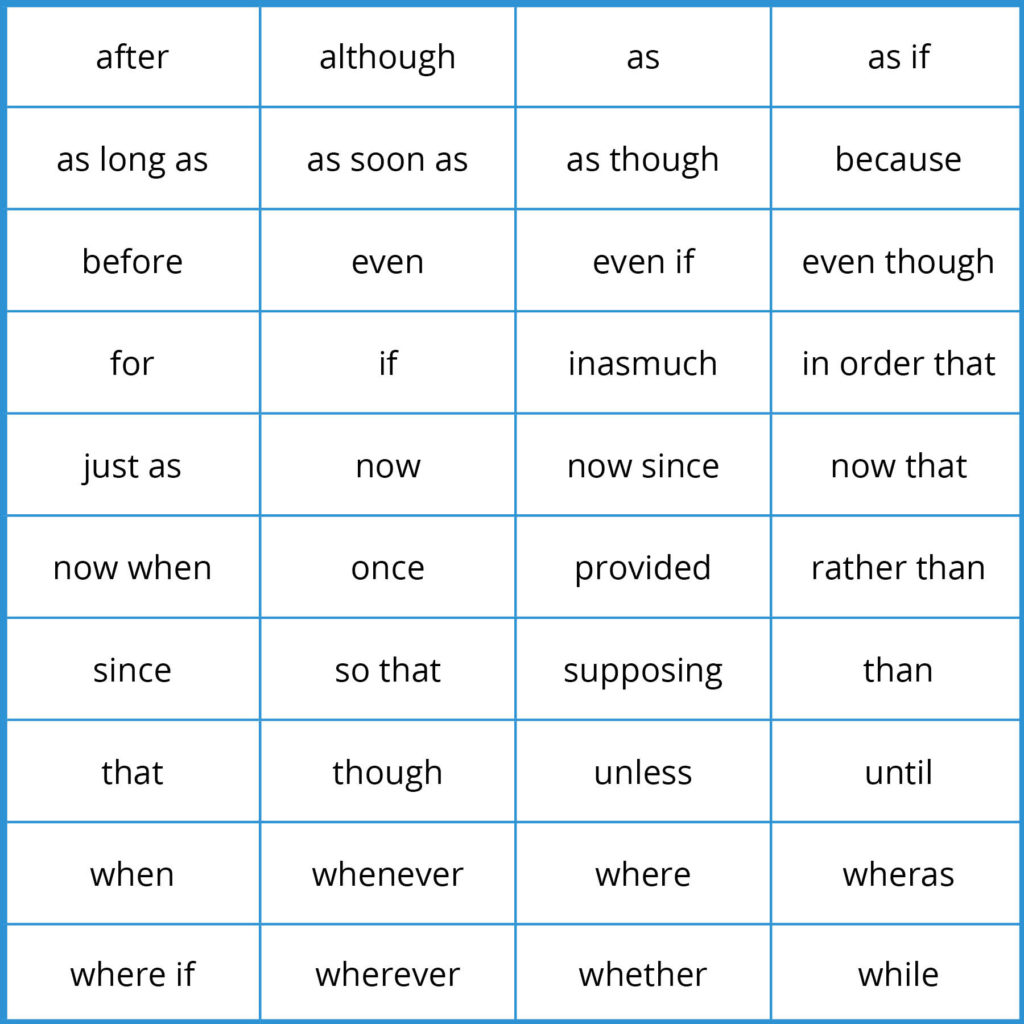


Commas And Conjunctions Grammar 101 Elite Editing
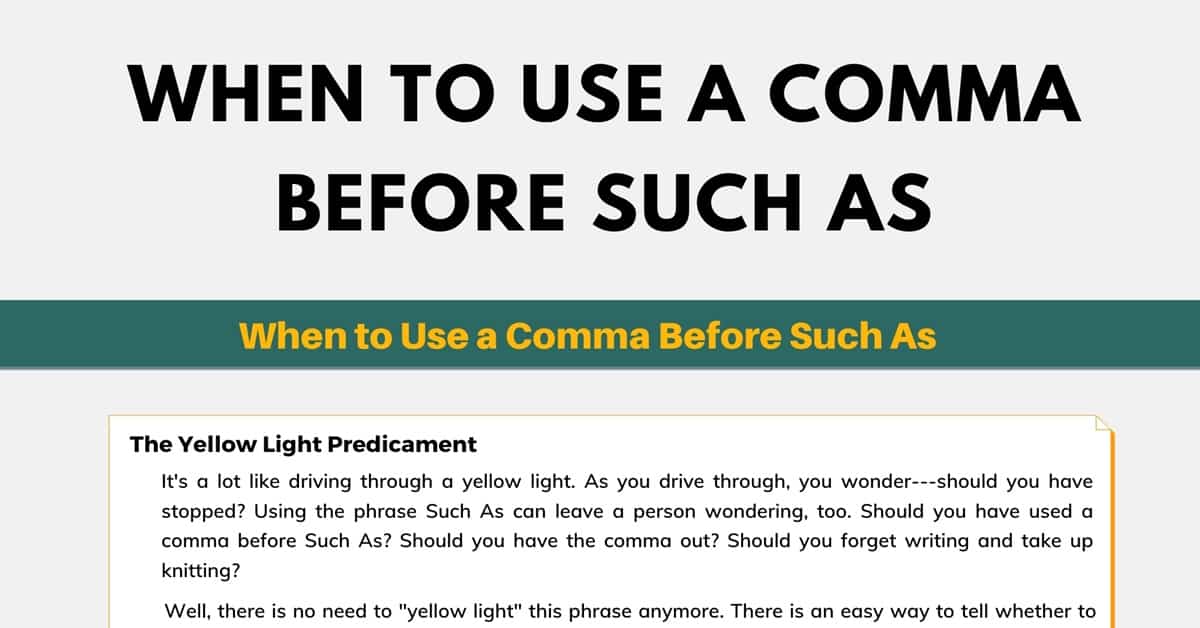


Comma Before Such As When To Use A Comma Before Such As 7esl



Do You Need A Comma Before Such As Christina Schrunk Editor Facebook



Comma After A Fronted Adverbial
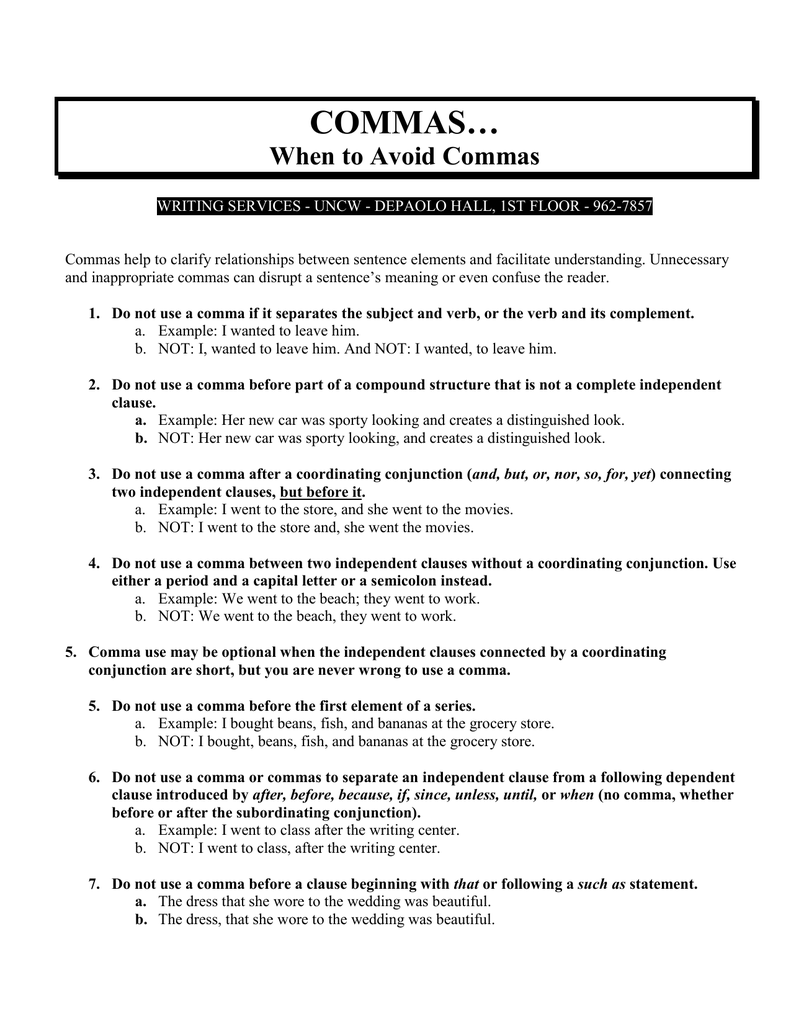


Commas When To Avoid Commas
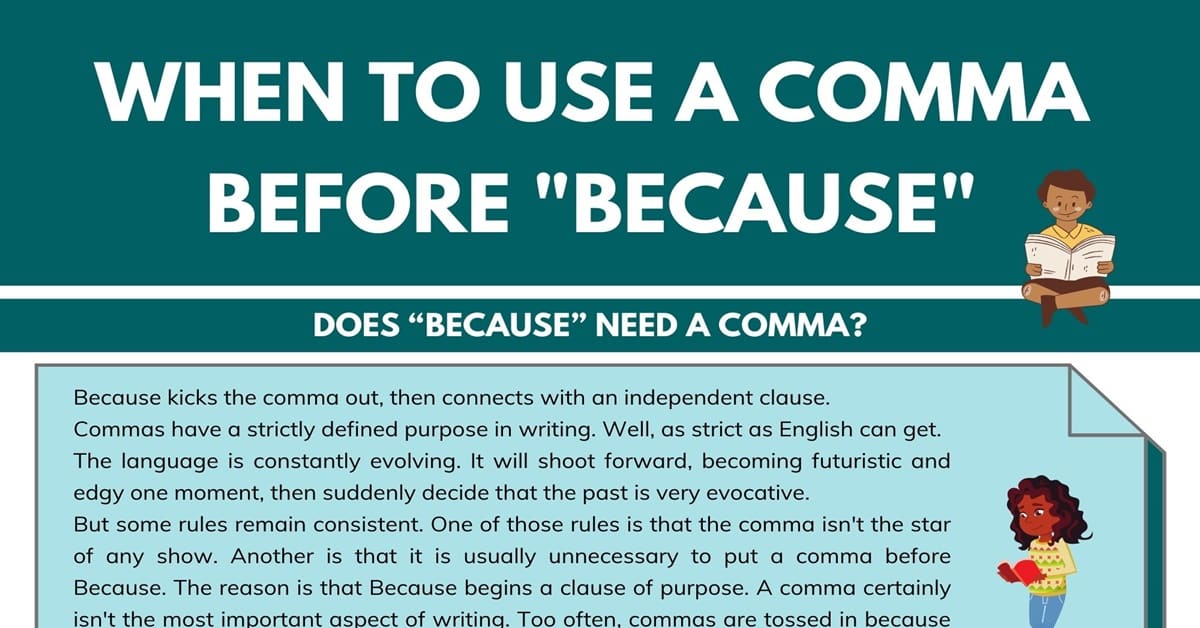


Comma Before Because When To Use A Comma Before Because 7esl


The Most Important Rules For Using Commas Without Looking Dumb



Comma Rules Everyone Should Know Reader S Digest
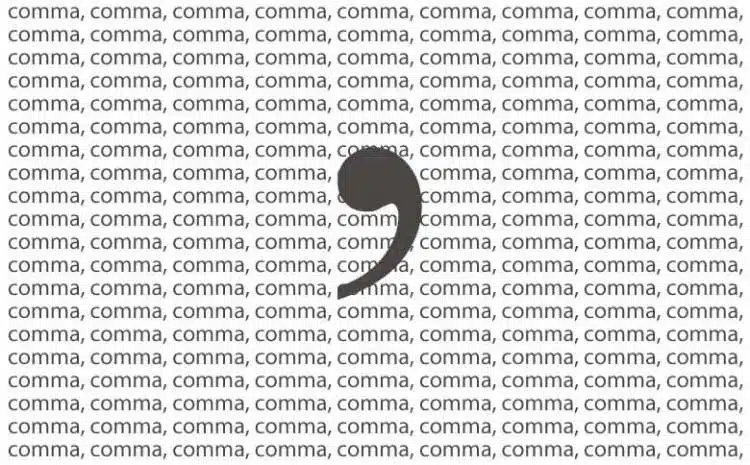


Commas And Coordinating Conjunctions Fanboys Textbroker Blog
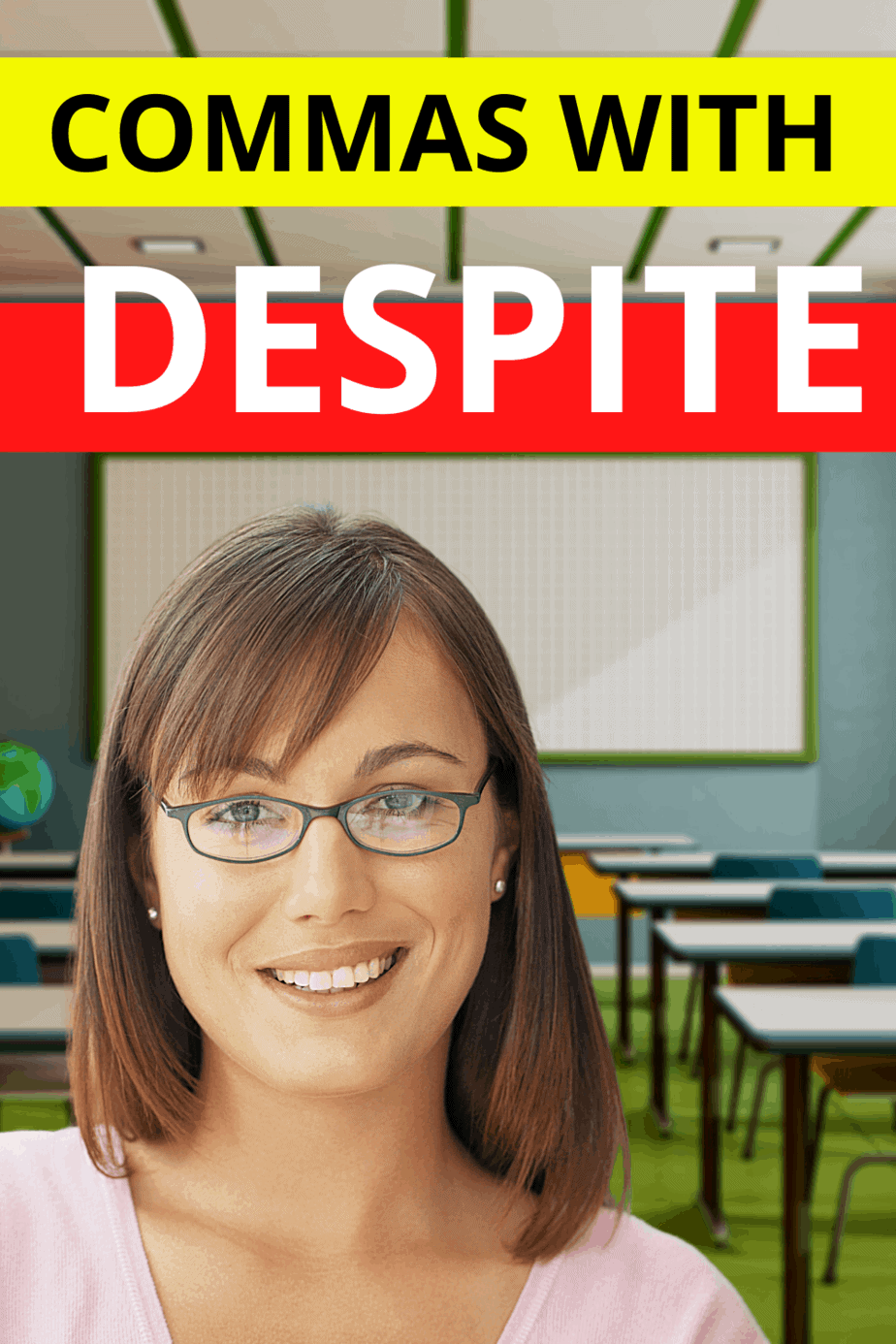


Comma Before Or After Despite The Definitive Guide



Comma Before Or After Instead The Definitive Guide
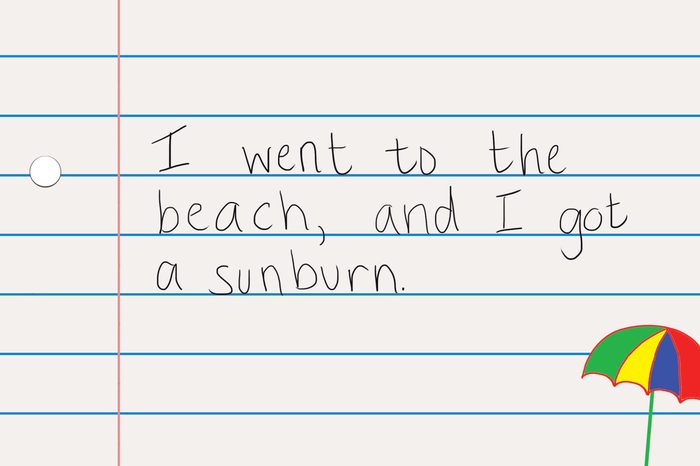


Comma Rules Everyone Should Know Reader S Digest



Oxford Comma What Is An Oxford Comma



Comma Before Or After Unfortunately The Definitive Guide


Dialogue Where The Heck Do Commas Go Lady Knight Editing


Can You Explain When To Use Comma Before The Quotation And When Not To And Why The Answer Is C Sat
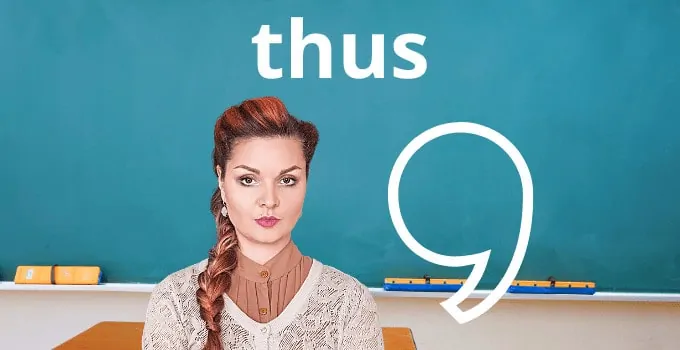


Comma Before Or After Thus The Definitive Guide
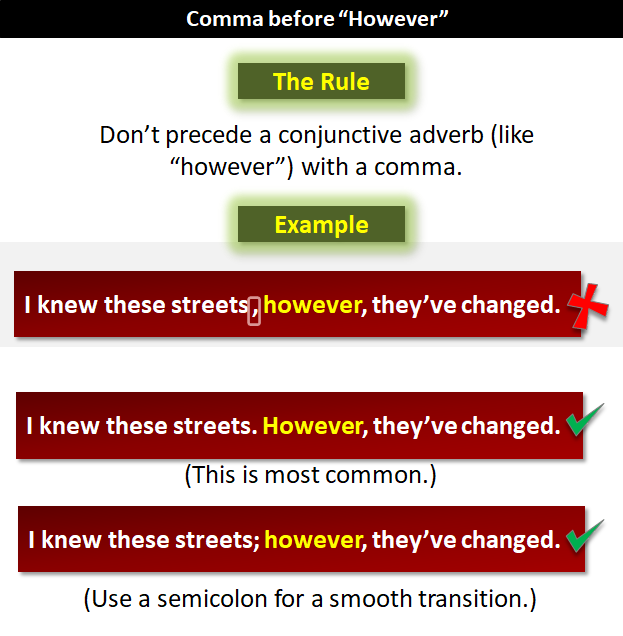


However Period Full Stop Comma Or Semicolon Before



The Comma Rule Before But Or After But Tck Publishing



Should I Use A Comma Before For The Grammar Guide



When To Use A Comma Before Or After But In Writing
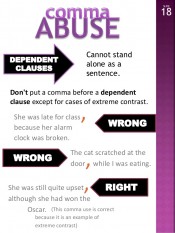


Because Since And Commas The Critical Reader



Should I Use A Comma After A Time Phrase Such As In The Meantime The Grammar Guide
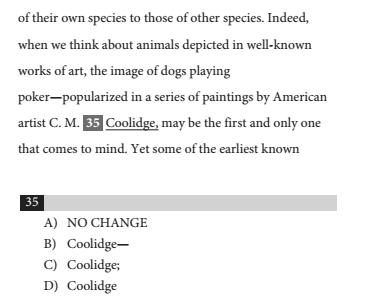


Sat Punctuation Tips For Commas Colons And Dashes
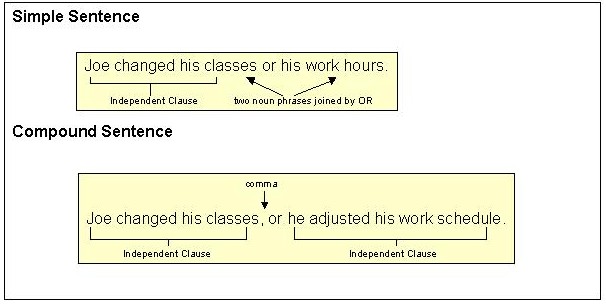


Major Comma Uses


The Most Important Rules For Using Commas Without Looking Dumb


The Most Important Rules For Using Commas Without Looking Dumb



Using A Semicolon Before A Conjunction E G And Or But
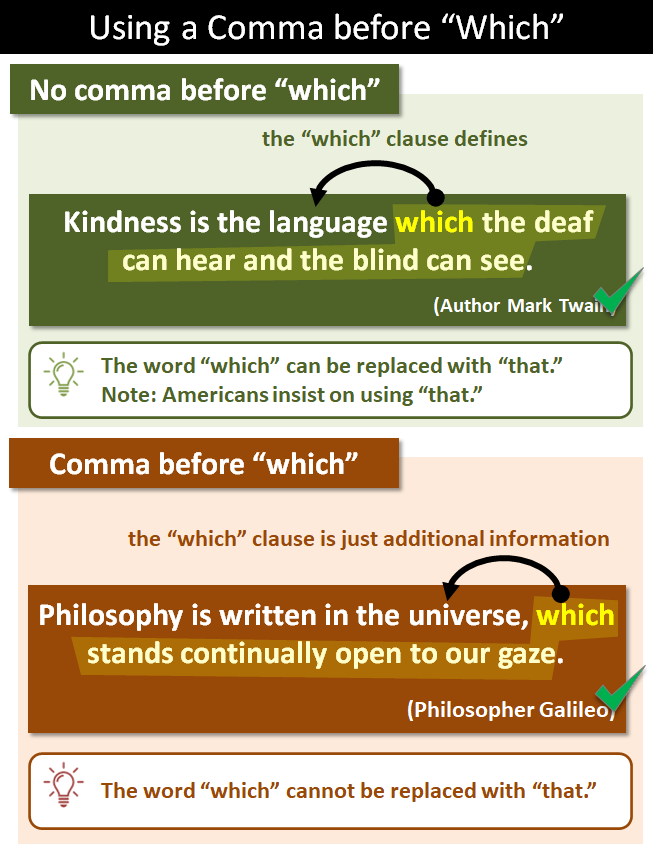


The Comma Before Which And Who



Commas
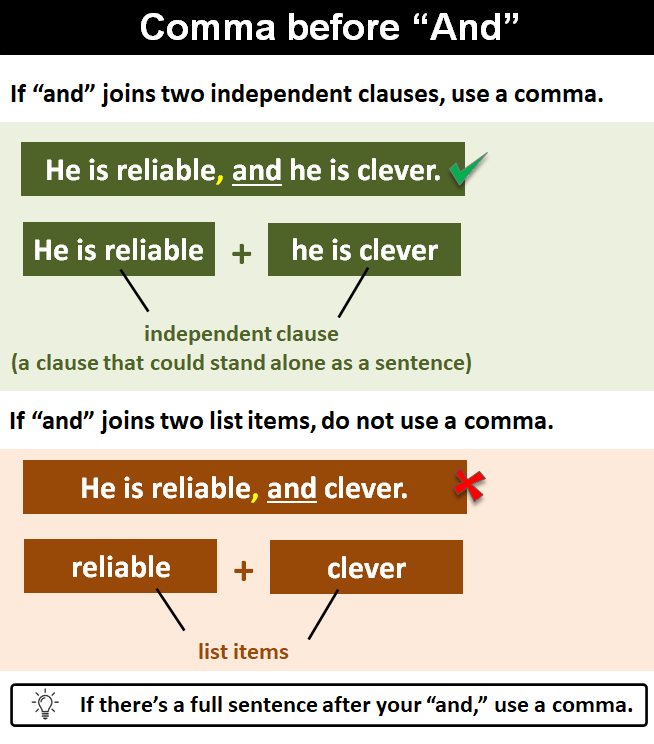


Commas Before Conjunctions E G And Or But



How To Use A Comma In A Compound Sentence 10 Steps



How To Check Your Comma Placements Quora



Comma Before Such As Writing Tips Grammar Phrase



Comma Rules For Business Emails Grammarly Blog



Comma Before Or After Nonetheless The Definitive Guide



As Well As Meaning Comma Usage Example Sentences Video Lesson Transcript Study Com
/RulesforUsingComma-5b209d0e1d64040037a65555.png)


Top 4 Rules For Using Commas Effectively
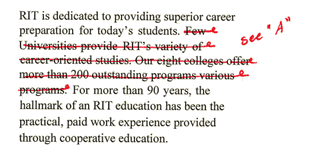


Editorial Guidelines Brand Elements Brand Portal Rochester Institute Of Technology



Rules For Comma Usage Writing Skills English Writing Skills Teaching Writing
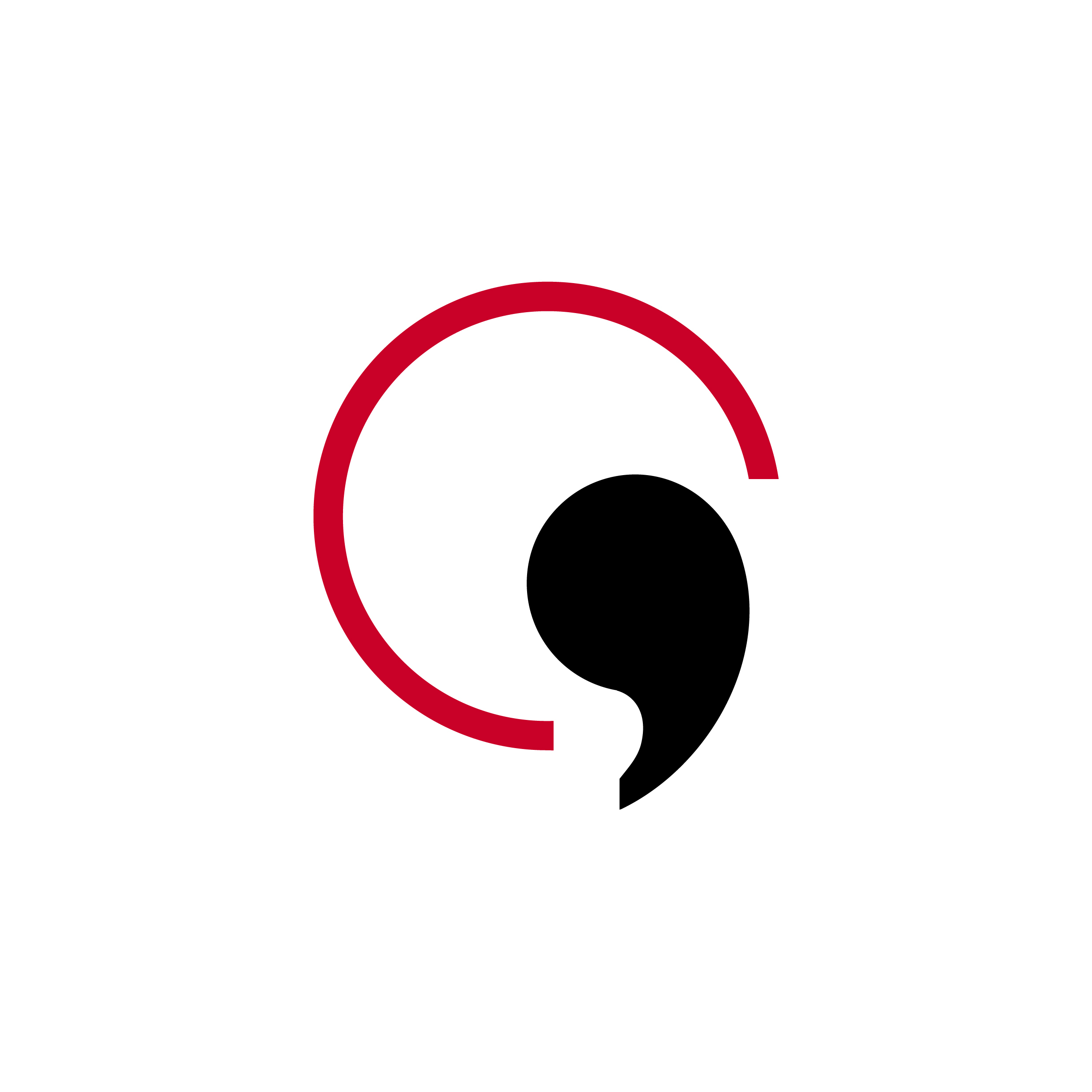


Commas With Names And Titles Simplified The Critical Reader
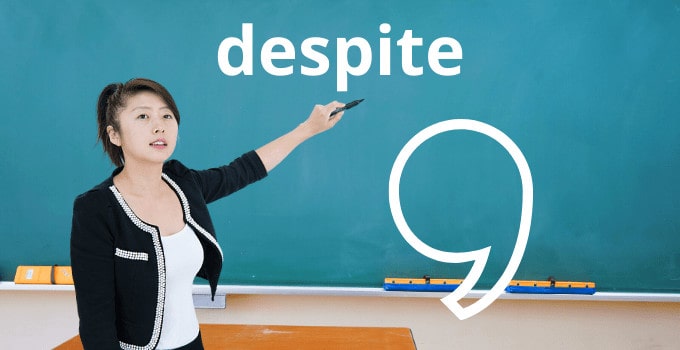


Comma Before Or After Despite The Definitive Guide



Comma Before Because When To Use A Comma Before Because 7esl



Use A Comma Before Or After But 03 Useful Rules 7esl Subject And Verb Commas Dependent And Independent Clauses


The Most Important Rules For Using Commas Without Looking Dumb
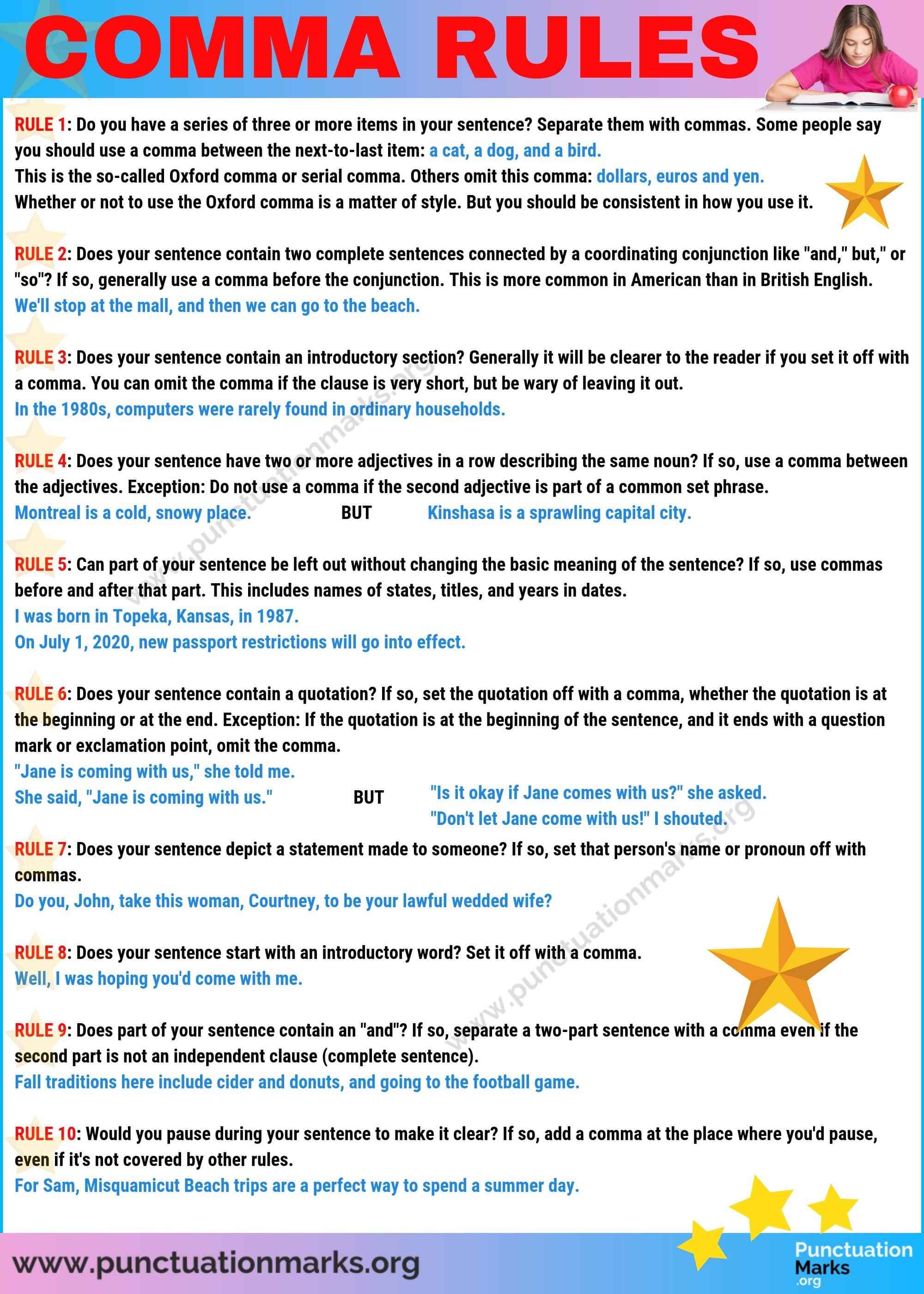


Comma When To Use Commas With Useful Comma Rules Punctuation Marks
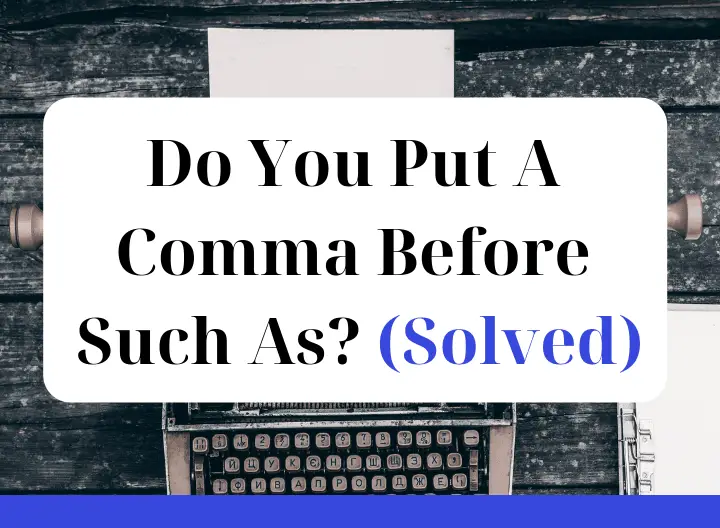


Do You Put A Comma Before Such As Solved Rafal Reyzer
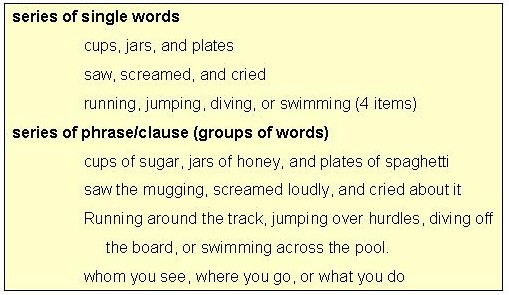


Major Comma Uses



4 Ways To Use Therefore In A Sentence Wikihow



Using Comma Before And Advanced English Lesson Youtube
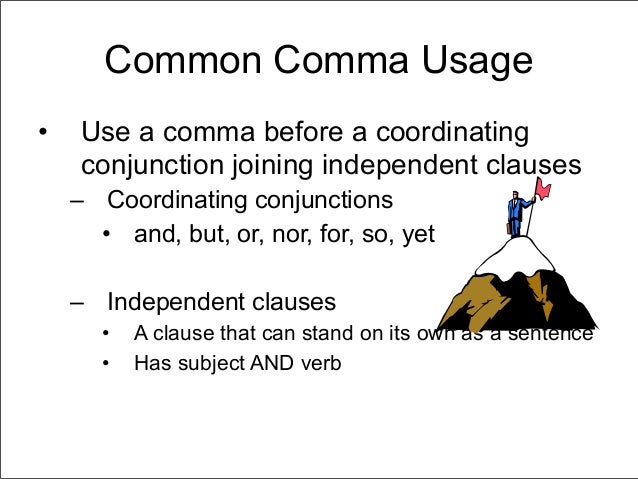


Commas
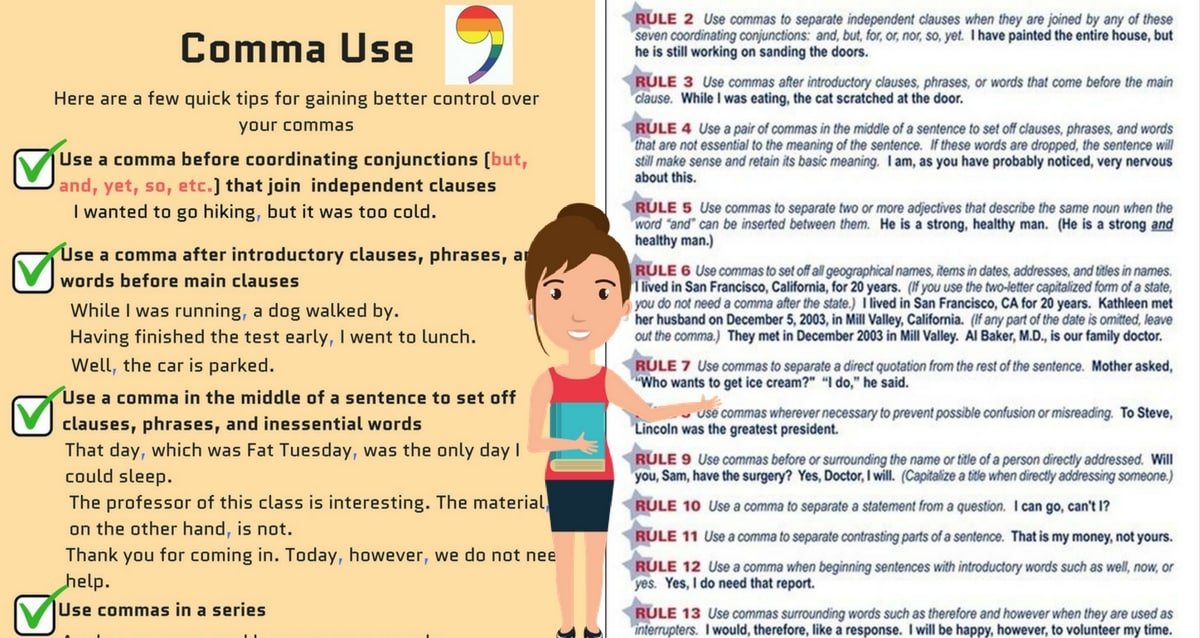


Comma Rules 8 Rules For Using Commas Correctly Eslbuzz Learning English



Commas In Lists



Commas



Grammar Commas And Punctuation In Dialogue The Comma Used And Abused The Comma Is One Of The Most Misused Punctuation Marks A Comma Is A Punctuation Ppt Download
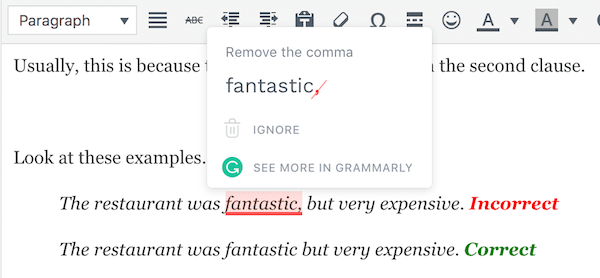


When To Use A Comma Before Or After But In Writing



Question Use A Comma Before Or After But Wordagents



Do I Put Comma Before And K5 Learning
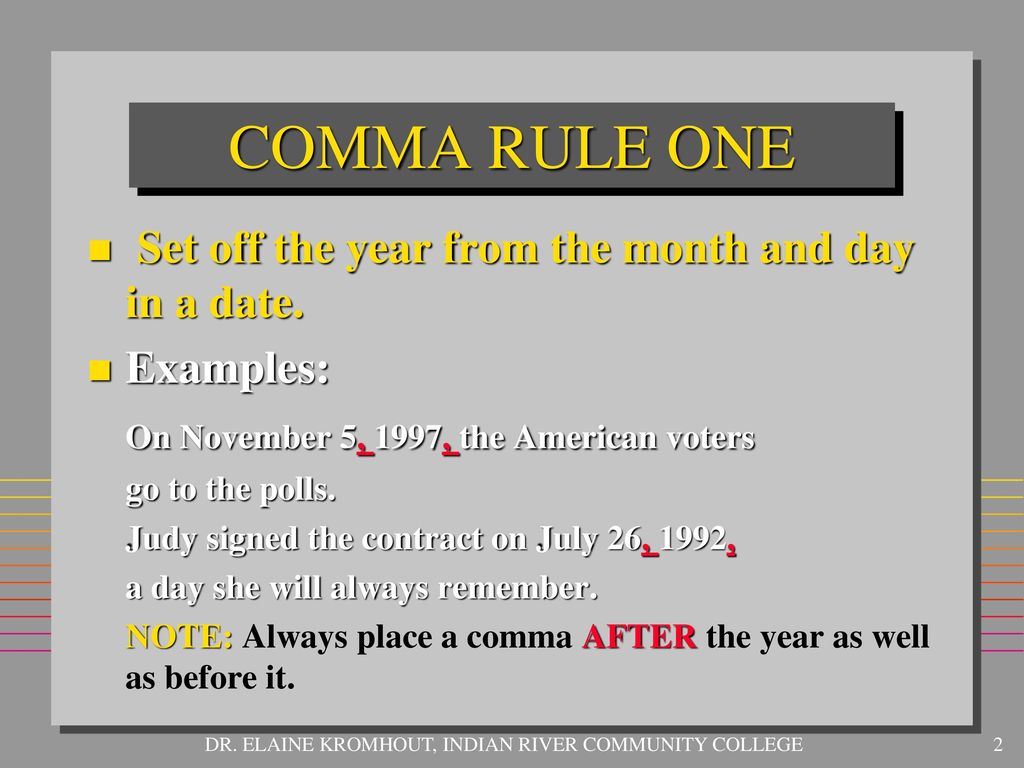


Commas Control Meaning Learn The Comma Rules Control Meaning Ppt Download



When To Use A Comma 10 Rules And Examples



When To Use Commas Before Quotations
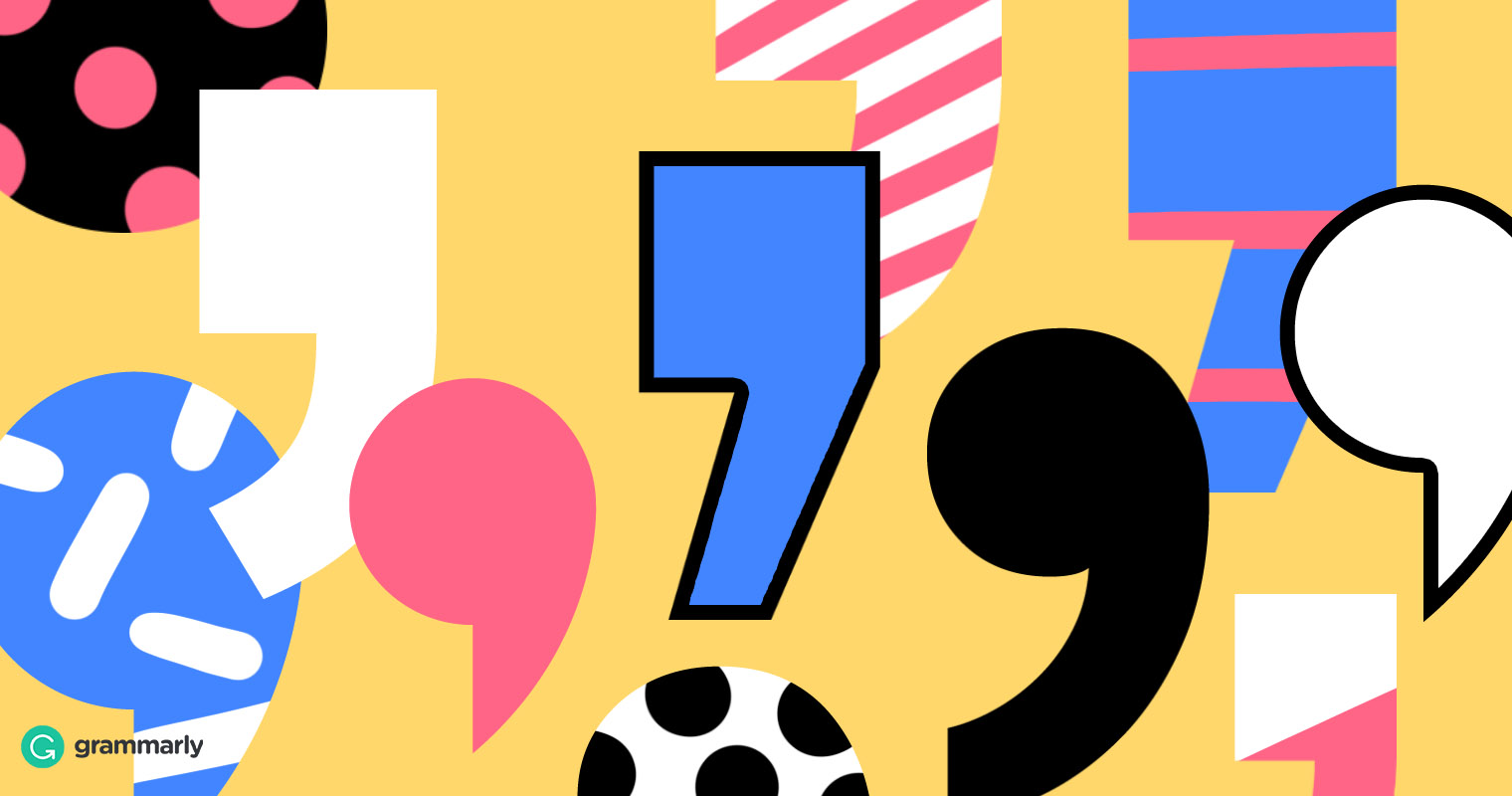


This Is How To Correctly Use Commas In Your Writing Grammarly



When To Use A Comma Before Because Grammar Girl



When Do You Use A Comma Before Including Or Such As By Ediket Medium



When To Use Comma Before Which Youtube
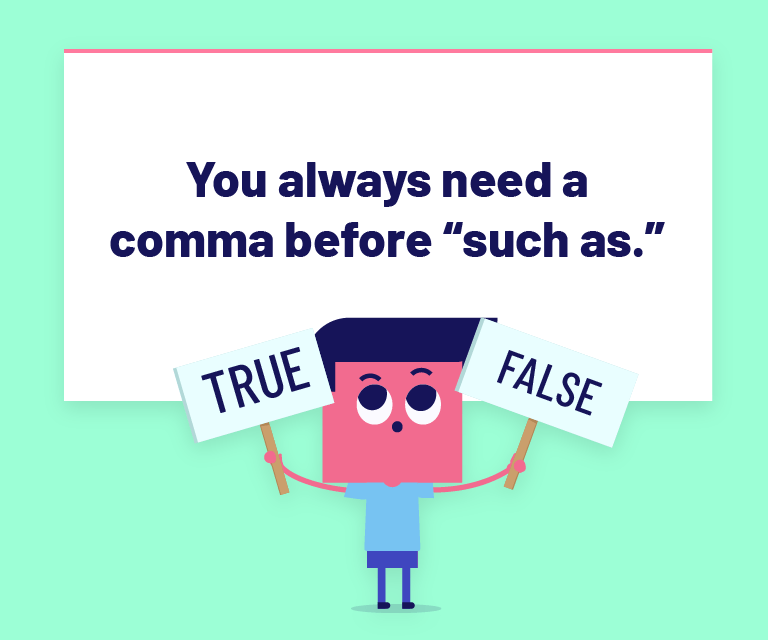


2 Simple Tricks For When To Use A Comma Before Such As Ink Blog



Comma When To Use A Comma With Important Comma Rules 7esl



Do You Need A Comma Before Jr Grammar Girl
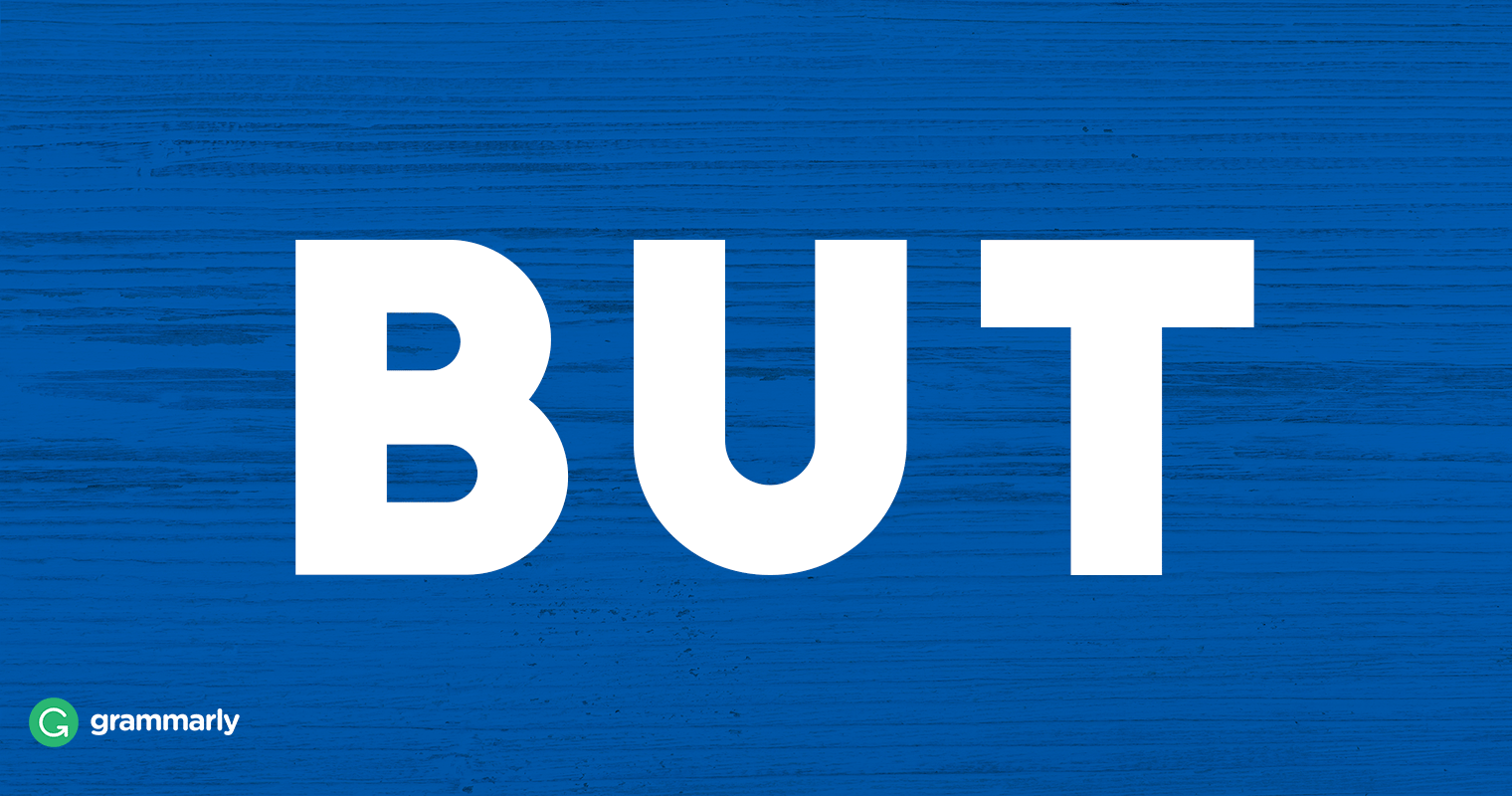


Comma Before But Grammarly Blog
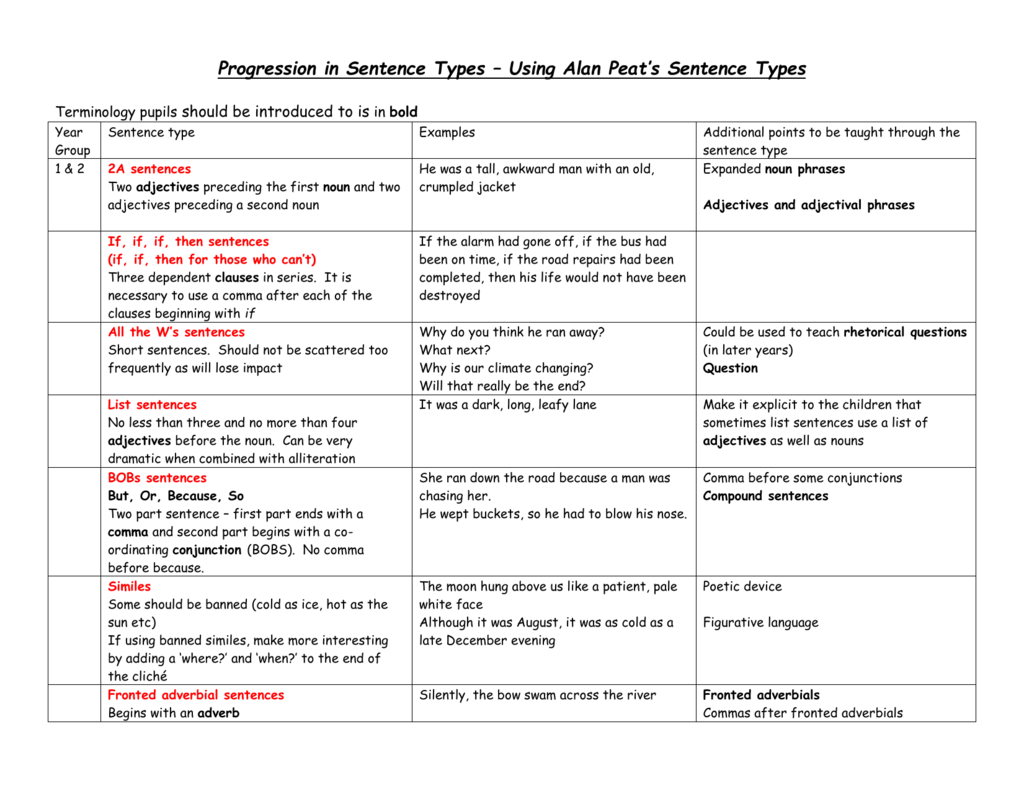


Progression In Sentence Types Fiction
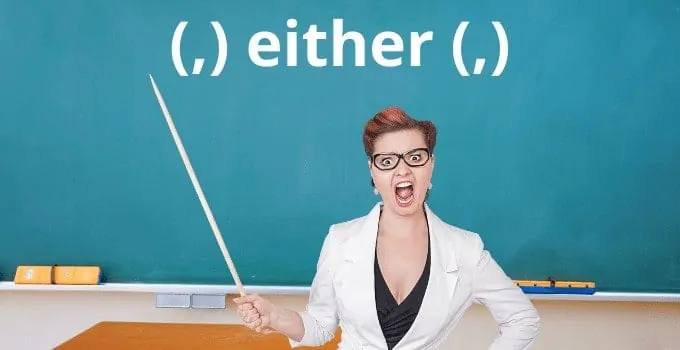


Comma Before Or After Either Rules Examples
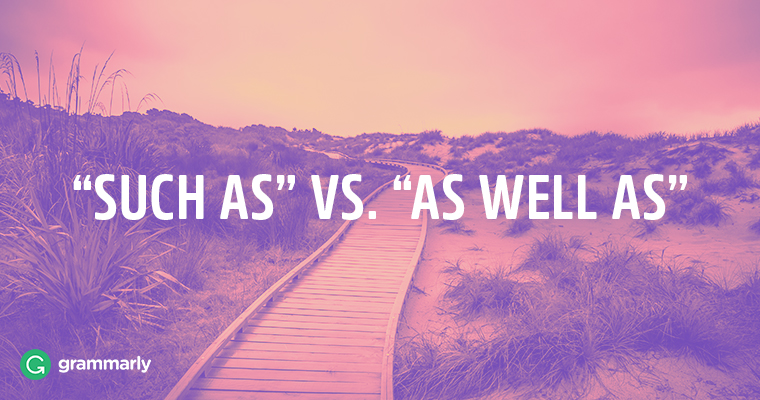


How To Use Such As And As Well As In Professional Writing Grammarly Blog


